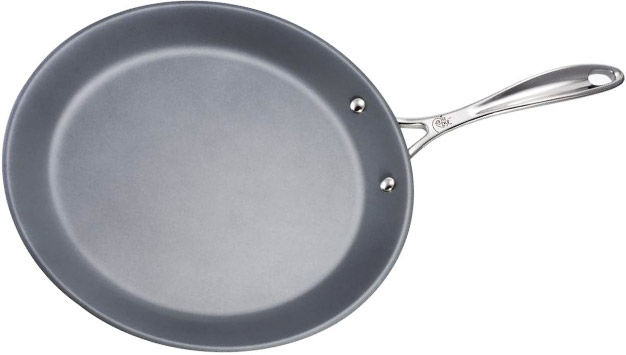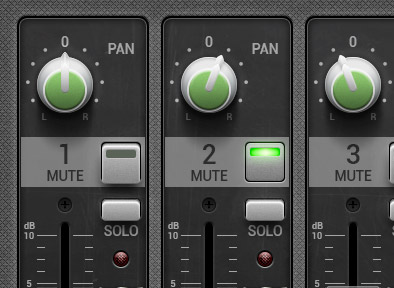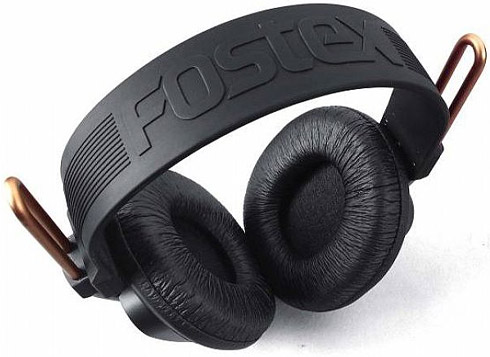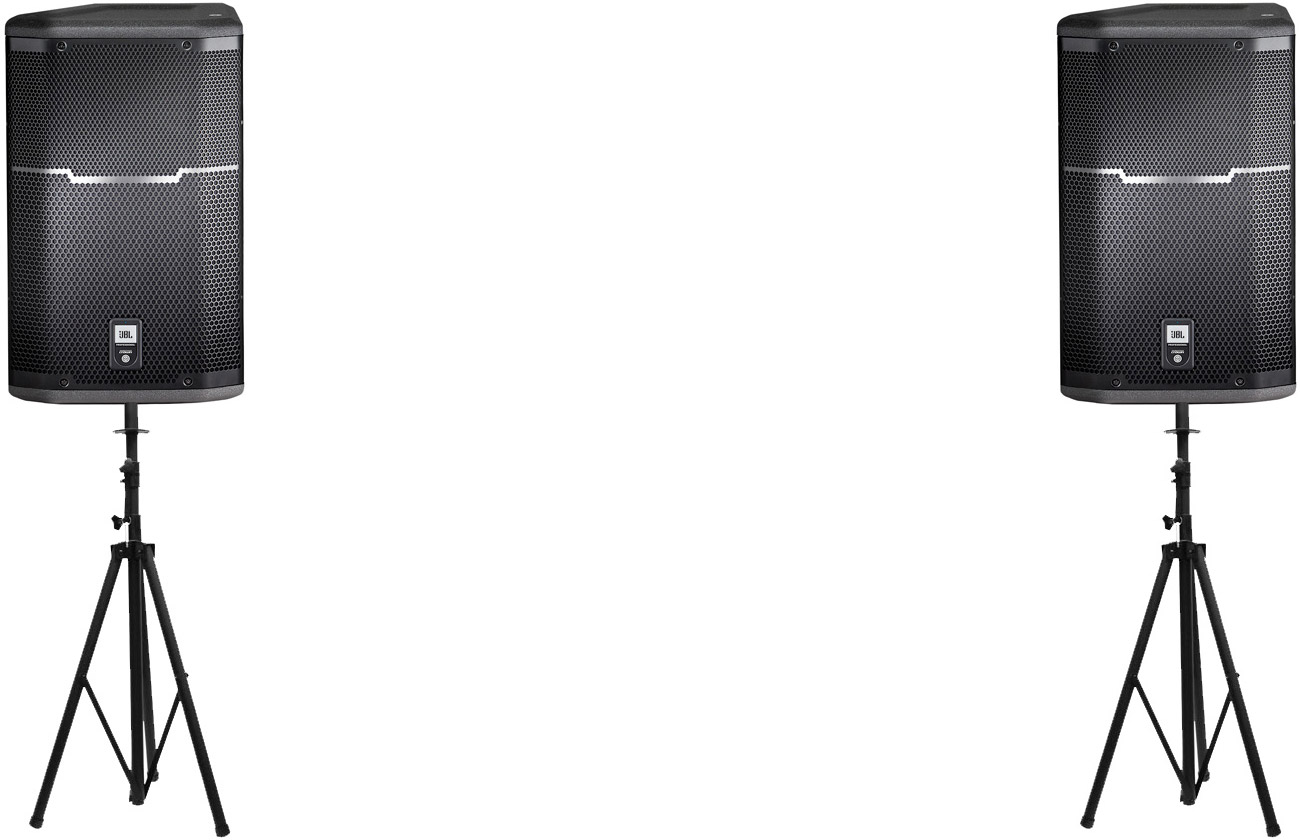What is pan you ask?
The Pan that I’m talking about is the audio pan control or pan pot (panoramic potentiometer). The knob that dictates how much of the signal gets sent to the left and right main outs.
What it does:
On a mixing board, each channel has a PAN knob. This knob is usually above the fader. If you leave the PAN knob in the middle (at 12 o’clock), an equal amount of the channel’s signal will be sent to the left and to the right. We call this ‘center’.
If wearing headphones or standing out in front in the middle of 2 speakers (in stereo), if you listen to a signal paned exactly center, it will sound like the sound is coming from the middle. (from in front of you) If the Signal is panned all the way left it will be 100% in the left speaker and not at all in the right. That same goes for the right.
For example: If you leave a vocalist panned center, they will sound like they are coming for in between the speakers (when sitting in the center of the audience).
Instead of saying, “panned a little to the right”, many audio techs will say, “It’s sitting a little to right in the mix”.
3 Reasons to PAN while mixing live.
(This applies if you’re running a stereo system & the majority of your audience can hear both speakers)
1: To make the lead vocal easier to hear
For the vast majority of music, the most important thing to hear clearly is the lead vocal. The lead vocal should always be heard and should always sit dead center in the mix. It’s a good idea to PAN other mid-range channels away from center so that the lead vocal comes through clearer. The more you PAN away from center, the easier the lead vocal will be to hear.
2: To make the mix sound cleaner
The goal is to make it easier to hear every instrument clearly. When you have multiple instruments or voices that produce many of the same frequencies they should not sit in exactly the same place in the mix as each other. Doing so will result in a loss of clarity. They will clash and it will hard for your audience to hear what they are doing. Multiple electric guitars, multiple toms, multiple background vocals or combinations like fiddle and banjo are examples of things that should not sit in the same place as one another in the mix. Play around with the PAN on your instrument and background vocal channels and find out what works best with your band. Again, the goal is to make it easier for your audience to hear and decipher all of the individual parts in the band clearly.
3: To make the mix sound bigger
Panning things certain ways can make your mix sound ‘bigger’ (or ‘wider’). This can be achieved by panning things like electric guitars, drum overhead, stereo synths & stereo reverbs all the way left and right. This leaves the fundamentals like Lead Vocal, Bass, Kick & Snare in the middle to be heard clearly, while the rest of the channels give the listener a wide stereo soundscape to listen to. When you have synths or digital pianos, DI both their Left and Right outputs. Then experiment panning them hard left & right, 25% left & right or somewhere in between. By doing this you can control how ‘wide’ you want it to sound as well as capture stereo effects that the keyboard or synth has going on much better! (like stereo tremolo or reverb) Mixing with Stereo Reverb also can make a massive difference on how ‘big’ your mix sounds. Adding it to the channels that you have panned dead center (like lead vocal, snare & kick ) can result in your mix sounding wider and bigger. (Note: Don’t over do it with the reverb.)
The following is one example of how PAN could be used at a gig.
|
Ch 1 – Kick Drum Ch 2 – Snare Drum Ch 3 – Rack Tom 1 Ch 4 – Rack Tom 2 Ch 5 – Floor Tom Ch 6 – Drum Overhead L Ch 7 – Drum Overhead R Ch 8 – Bass Guitar Ch 9 – Electric Guitar 1 Ch 10 – Electric Guitar 2 Ch 11 – Keyboard L Ch 12 – Keyboard R Ch 13 – Background Vocal 1 Ch 14 – Lead Vocal Ch 15 – Background Vocal 2 |
Center Center 50% Right 50% Left Center 100% Left 100% Right Center 100% Left 100% Right 50% Left 50% Right 25% Left Center 25% Right |





